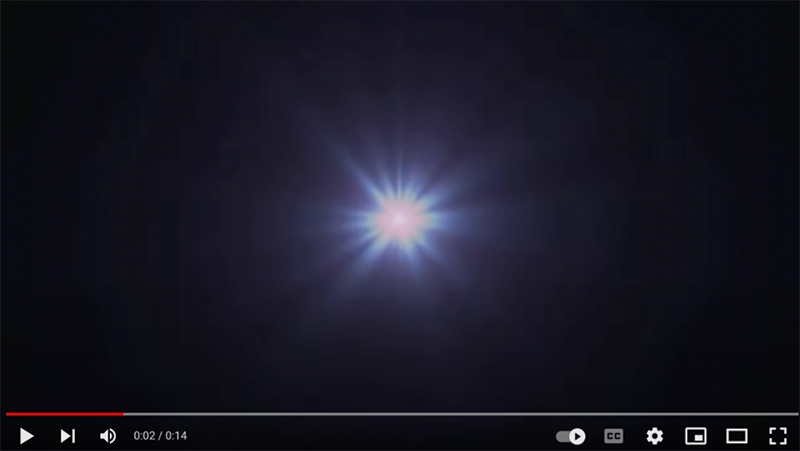Teach This Poem, though developed with a classroom in mind, can be easily adapted for remote-learning, hybrid-learning models, or in-person classes. Please see our suggestions for how to adapt this lesson for remote or blended learning. We have also noted suggestions when applicable and will continue to add to these suggestions online.
Watch this short animated clip from NASA called “The Big Bang.”
The following activities and questions are designed to help your students use their noticing skills to move through the poem and develop their thinking about its meaning with confidence, using what they’ve noticed as evidence for their interpretations. Read more about the framework upon which these activities are based.
- Warm-up: (free-write/draw) Free-write or draw what comes to mind when you hear the phrase, “A Body’s Universe...”
- Before Reading the Poem: (video) Watch this short animated clip from NASA called “The Big Bang.” What stands out to you in the video? Why?
- Reading the Poem: Read the poem “A Body’s Universe of Big Bangs” by Leslie Contreas Schwartz. What do you notice about the poem? Note any words or phrases that stand out to you or any questions you might have.
- Listening to the Poem: (enlist two volunteers to read the poem aloud) Listen as the poem is read aloud twice, and write down any additional words and phrases that stand out to you. Or, you may opt to listen to the video of the poet reading the poem.
- Small-group Discussion: Share what you noticed in the poem with a small group of students. Based on the details you just shared with your small group and the resources from the beginning of class, how does the speaker feel about the human body? How does this compare to what you drew or wrote at the beginning of class?
- Whole-class Discussion: What do you think is the significance of the title? How does it compare to the clip you watched at the beginning of class? In the poem, what are the “big bangs” that occur in the body?
- Extension for Grades 7-8: Watch the video again and learn more about the poet. In honor of National Poetry Month, write to Leslie Contreas Schwartz or one of the poets featured in Dear Poet this year. Find more information here.
- Extension for Grades 9-12: In honor of National Poetry Month, write to Leslie Contreas Schwartz or one of the poets featured in Dear Poet this year. Find more information here. Or, create your own anthology of poems that you feel should be celebrated during National Poetry Month. Share your letter or anthology with your classmates.
Every National Poetry Month, the Academy of American Poets presents Dear Poet, a multimedia education project that invites young people in grades five through twelve to write letters in response to poems written and read by award-winning poets, including poets who serve on the Academy of American Poets Board of Chancellors and who have received our Academy of American Poets Laureate Fellowships. Find and respond to Contreras Schwartz’s poem among others, and participate in Dear Poet 2022.

